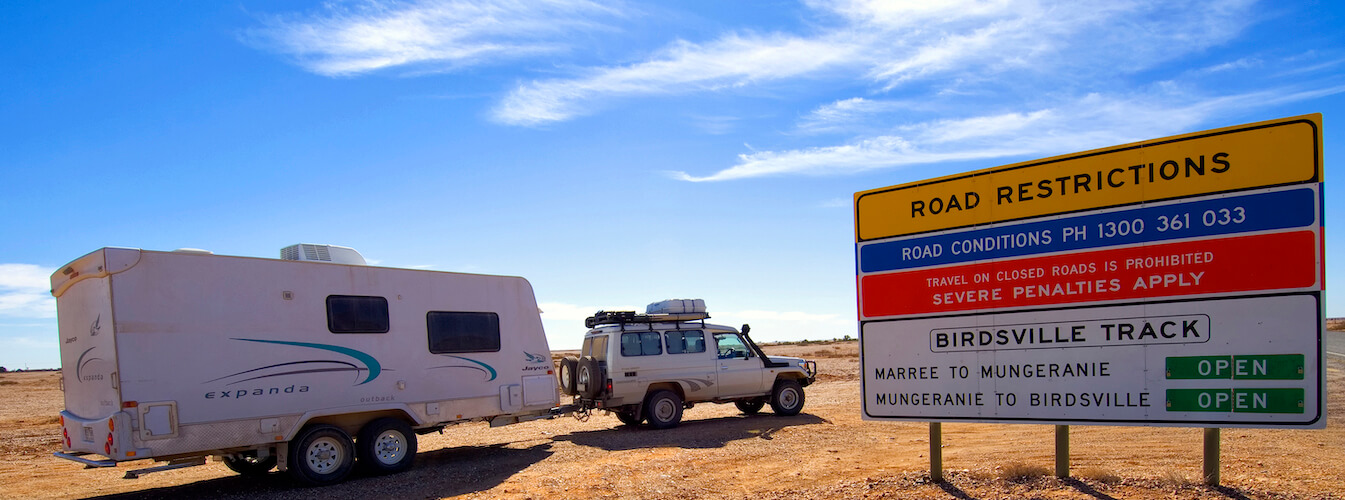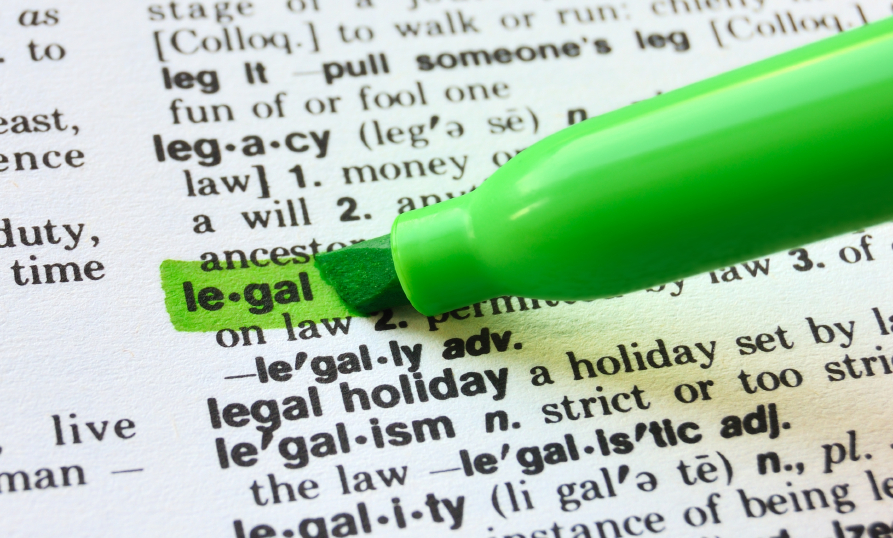Moving house or just going bush for a few days? To the uninitiated, loading a trailer can be a game of trial and error, and a hazardous undertaking without the right knowledge at hand. Here’s how to load a trailer correctly, to maximise stability, safety and fuel-efficiency.
How much can you tow?
Before loading a trailer, check how much weight it can legally carry. The total weight of items loaded on to the trailer must not exceed the gross towing mass (GTM) of the trailer. The combined trailer and load (also called the aggregate towing mass or ATM) must not exceed the rated towing capacity of the towing vehicle or of the tow bar and coupling combination.
If the trailer is not fitted with brakes, the ATM cannot exceed 750 kilograms or the mass of the towing vehicle (whichever is the lower value). Trailers with an ATM of at most 2500kg must have a safety chain attached; more than this and up to 3500kg ATM, two safety chains are required.
Distributing your cargo
Your primary concern while loading a trailer is to ensure the load is distributed in a way that will keep the towing vehicle stable and safe to drive. Load the heavier items first, positioning them more over the axle and towards the front of the trailer (the part closest to the towing vehicle) than towards the rear.
Aim for an overall weight distribution of 60 per cent in the front half of the trailer, and 40 per cent in the back half. For lighter trailers, five to 10 per cent of the total load should be supported by the two vehicle’s coupling. As well as helping to keep the trailer level, this will also make it less likely for the trailer to sway or jackknife.
Projecting loads
If the load is wider than the width of the trailer, the extra width cannot exceed 150 millimetres, or create an overall load width greater than 2.5 metres (whichever is smaller). If there is a rear overhang, the distance from the centre of the axle or wheel group to the rear of the load can’t exceed the equivalent distance to the front of the load.
Securing your items
It’s important you secure your load carefully – you don’t want to lose it along the way. Where possible, check that the straps, ropes or chains used to tie down the load are rated to handle the weight they are holding. If you are using rope, the truckie’s hitch knot is a good choice, as it is extremely secure and allows you to adjust the tension. There are no hard and fast rules regarding how much rope or strap you need to use – only that you can never be too cautious.
Final tips
To prevent injury, never attempt to lift or move a trailer by yourself, even when it’s fully unloaded. In such situations, always seek the assistance of a friend. While driving the towing vehicle, be aware of vehicles around you, and constantly remind yourself that you have a trailer behind you.
Still not sure what’s the best towing vehicle for your needs? See our definitive guide.





